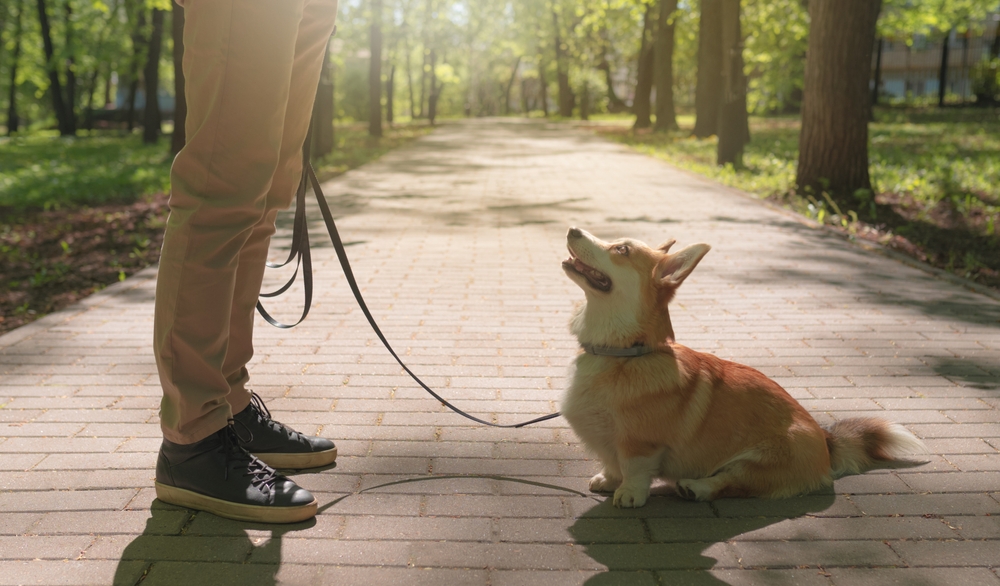Behaviour problems are unwanted displays or reactions of some dogs in certain situations. They are not necessarily directly related to whether or not a dog has completed a training programme.
The causes of behavioural problems in dogs can be multiple: genetic, medical, psychological, trauma, training errors or educational (excessive praise and permissiveness of owners, leading to a lack of recognition of their authority). Dogs have a simple social system based on a hierarchical pyramid, with only one leader at the top. For purely hedonistic reasons, the dog will climb exactly as far as you allow it to. Essential to preventing behavioural problems are testing the puppy at the time of purchase, creating as balanced a lifestyle as possible and following a training programme.
The following tips are aimed at: reducing the risk of the puppy showing disturbing behaviour or not conforming to your expectations, reducing the time needed to complete effective pet training.
Basic rules for preventing behaviour problems in dogs
Feed your puppy only at scheduled meal times and don’t leave food out all day. Don’t let your dog sleep in bed, on the couch or in armchairs. Don’t make a habit of petting your pet unconditionally. Petting is a powerful reward and it’s good to make it conditional on the correct execution of a command.
Limit your puppy’s access around the apartment and don’t allow him to go out and in the door first when you take him out or bring him in from a walk. If he has been through a training program, you can use the sit-wait command. Don’t let your dog set the direction of travel when you’re out walking.
When he pulls on the leash or goes ahead, get his attention and abruptly change direction. If he has found something on the ground or stolen something from the table, don’t run after the dog in an attempt to catch him. You won’t succeed easily, and he’ll take it as an exhilarating game. Try to get his attention and get him to come to you. Don’t allow your dog to chase you around the house all the time.
Gradually get him used to staying home alone, starting with a few minutes. Before you leave home and on your return ignore the dog for 5-10 minutes. Do not call the dog from the playground to go home immediately. Call him to you, reward him, put him on a leash, then let him off the leash for a few minutes before leaving. You wouldn’t want to leave a fun activity just because the boss called a meeting either.
